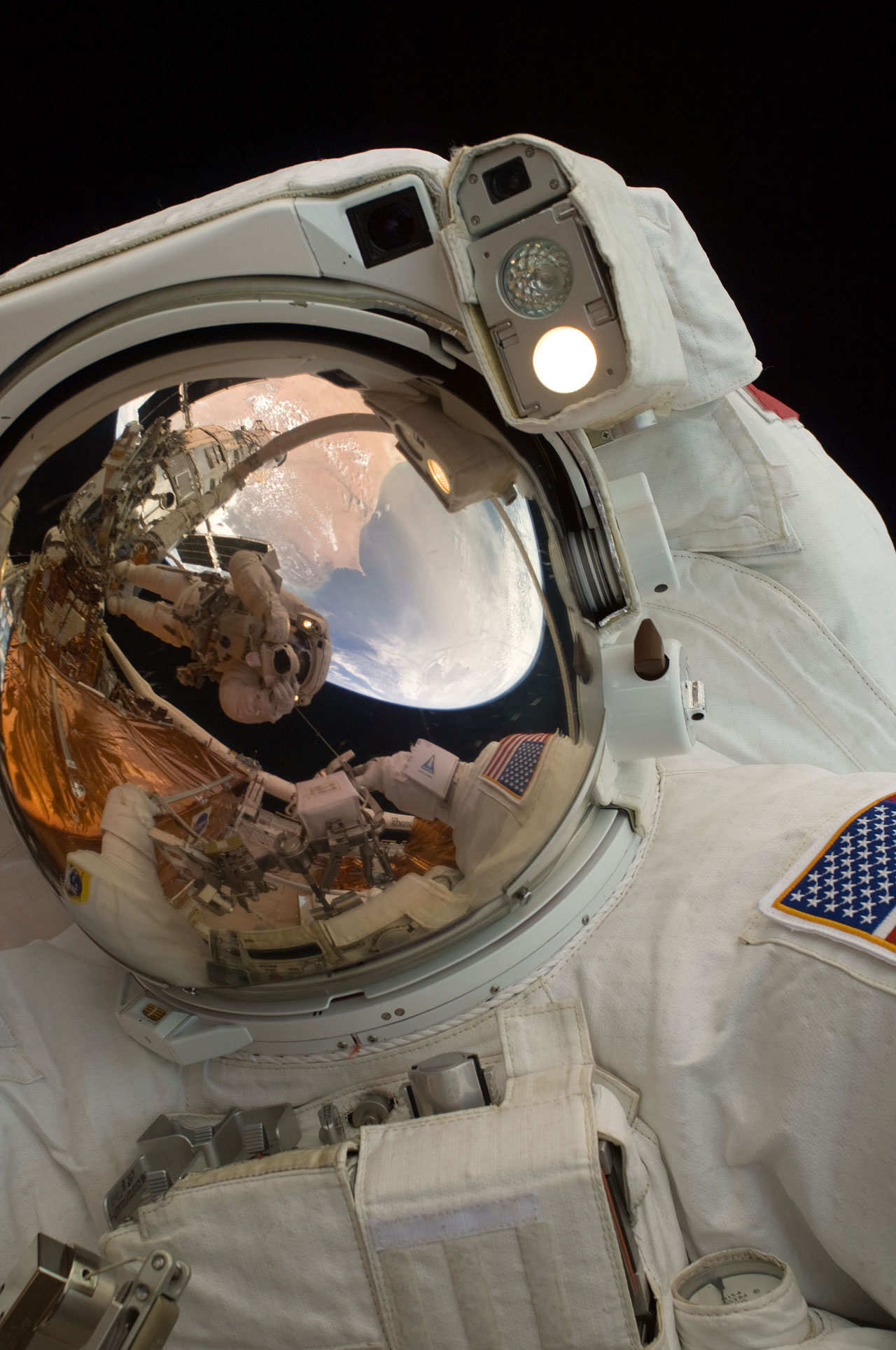April 26, 2010 Vol. 3, Issue 4
The International Space Station has served as an orbiting laboratory for working and learning together in space.
Later this year the International Space Station will celebrate 10 years of continuous habitation. As its assembly nears completion, we can look ahead to a full decade of utilization of this one-of-a-kind facility.
As I write this, ISS is hosting 13 crewmembers, including four women—the most women ever together in space at one time. ISS is changing our conception of what it means to live in space together. Over the next decade we will continue to learn from ISS about human factors and how teams work and live together during extended stays in space.
The ISS partnership points the way to the future of global space exploration, but it’s not the only model for an extended mission with multiple partners. As a single integrated facility, ISS requires the highest level of coordination among the partners. Future missions will have different requirements that may permit combinations of highly integrated systems with more autonomous elements.
In July 2009, the five primary ISS partners published “”International Space Station Lessons Learned as Applied to Exploration,” a compendium of 56 lessons divided into seven categories (mission objectives, architecture, international partner structure and coordination, external communications, operations, utilization, and commercial involvement). The authors identify it as a living document, noting that lessons will be added as the program evolves. The appendices include the unedited contributions submitted by each of the international partners.
This document is remarkable because it discusses lessons learned in the context of future exploration. Even though ISS has another decade of life ahead, it looks forward to other exploration challenges that have not yet been identified. This demonstrates a shared commitment to continuous learning that can serve as a model for other long-duration missions with international partners, regardless of whether the mission is conducted by humans, robots, or a combination of the two.
ISS represents a quantum leap toward becoming a space-faring civilization that simultaneously lives in space and on Earth. As President Obama said when he visited Kennedy Space Center in mid-April, “Our goal is the capacity for people to work and learn, and operate and live safely beyond the Earth for extended periods of time, ultimately in ways that are more sustainable and even indefinite.”








